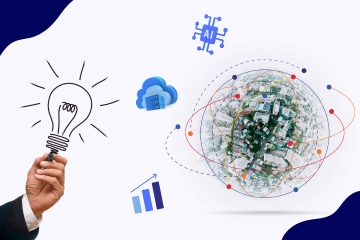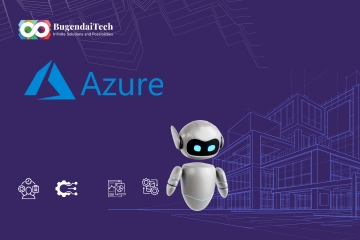Introduction
In software development, the transition from a controlled testing environment to real-world production can often expose unforeseen issues that weren't apparent during the initial phases. This is particularly true for applications built using the Retrievable and Generative (RAG) framework, which combines the power of retrieval-based and generative AI models to enhance decision-making processes.
Despite their potential, RAG applications frequently encounter hurdles once deployed in production. This blog explores the common reasons why RAG applications fail in production and offers insights into how these challenges can be effectively addressed.
Understanding RAG Applications
Before delving into the reasons for failure, it's crucial to understand what RAG applications entail. RAG, or Retrievable and Generative, applications leverage a hybrid approach combining the retrieval of relevant information from a database or a set of documents (the retrievable part) and generating new content or predictions based on this retrieved data (the generative part).
This methodology allows for more nuanced and contextually aware outputs, making RAG applications ideal for automated customer support, personalized content creation, and complex decision-making processes.
What are the Common Reasons for Failure in Production?
Production Challenges
One of the most significant challenges that RAG applications face in production is scalability. These applications perform well in a test environment with limited data and controlled input types. However, in a production environment, the data influx is massive and varied. The retrieval component of RAG applications, often not designed to handle such scale, becomes a bottleneck, leading to performance degradation.
Data Quality and Variety
The effectiveness of an RAG application heavily depends on the quality and variety of the data it accesses. During development, the data used might be well-curated and clean. However, in production, the application might encounter incomplete, outdated, or noisy data, which can significantly impair the quality of the outputs.
RAG Application Latency
Latency is a critical factor for many applications, especially those requiring real-time responses. The two-step process of retrieval followed by generation in RAG applications can introduce unacceptable delays in response times when deployed at scale.
RAG Model Generalization
RAG models are trained on specific datasets and are expected to generalize during production. However, suppose the training data is not sufficiently diverse or doesn't capture the nuances of real-world scenarios. In that case, the model's performance can drop significantly when exposed to new, unseen conditions.
Maintenance and Updating Challenges
Maintaining up-to-date RAG applications with the latest data and models can be cumbersome. Continuously updating the retrieval database and retraining the generative model with new data requires a robust pipeline that many organizations struggle to maintain.
Integration Complexities
Integrating RAG applications often requires integrating with existing systems within an organization. This integration can be fraught with technical and compatibility issues, leading to deployment failures.
What are the Strategies for Overcoming These Challenges?
To ensure the successful deployment of RAG applications in production, several strategies can be employed:
Enhanced Scalability Solutions
Implementing more robust database technologies and optimizing retrieval algorithms can help manage the scale of data in production. Techniques such as sharding, indexing, and caching are critical for improving retrieval times.
Improving Data Quality
Establishing a rigorous data validation and cleaning pipeline is crucial. Additionally, incorporating mechanisms to handle data anomalies and to continuously update the dataset based on feedback from production can enhance performance.
Optimizing RAG for Production
Reducing latency can be achieved by simplifying the retrieval component or pre-processing data to reduce the computation required at runtime. Employing faster hardware or distributed computing resources can also help.
Focusing on Model Robustness
Enhancing the generalization capability of RAG models involves training on diverse and comprehensive datasets. Regular testing against real-world scenarios can also help identify and rectify gaps in model training.
Streamlining Maintenance Processes
Automating the update and maintenance processes using CI/CD pipelines for RAG can ensure that the applications remain current and effective. Regular audits and updates should be part of the operational routine.
Simplifying Integration
Developing APIs compatible with existing systems and ensuring that new updates do not break integration can mitigate many deployment issues. Focusing on RAG API development can streamline this process.
Conclusion
While RAG applications hold immense potential for transforming various industry sectors through AI-driven solutions, transitioning from test environments to real-world production is challenging. By understanding these hurdles and implementing strategic solutions, organizations can better leverage the capabilities of RAG applications to achieve enhanced operational efficiency and superior service delivery. As technology evolves, so will the solutions to these challenges, paving the way for more robust and resilient AI applications in production environments.
Effective integration and maintenance of RAG applications with robust pipelines are essential for overcoming AI in production challenges. Focusing on these RAG success strategies can significantly optimize the deployment and operational phases.






Comments